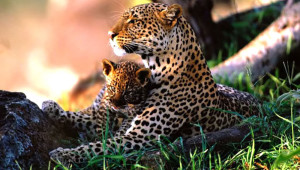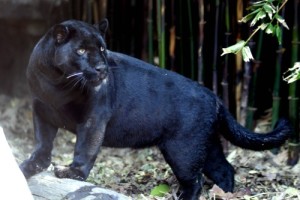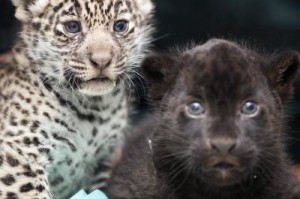Welcome to Cancun! The paradise where your vacations will be an amazing adventure every day. Whether you come here with your family, your friends or even alone in search of all the fun and magnificent activities there are to do, here you will have it all, from great shopping and beautiful beaches, to incredible land and water adventures, as well as wonderful natural wonders such as the beautiful endemic specimen of today’s post: the magnificent jaguar.
Catalogued as the third largest feline in the world, just after the lion and the tiger, the jaguar lives in the jungles of Quintana Roo, as well as in other areas of Mexico. An adult jaguar lives about 20 years, weighs about 40 to 130 km and is 1.70 to 2.30 m long, from the end of the tail to the tip of its nose.
Generally they have a yellow-brown color with black spots, but there are also some black ones, also with black spots or rosettes. They are really fast and agile in order to catch their prey. Normally they are very nocturnal for they have a great eye even at night. Adult females are very homelike, while males enjoy wandering. Jaguars are also lonely animals and they love being around the mangroves.
They feed of rabits, monkeys, racoons, but also birds, fish, snakes and even crocodiles, etc. Their diet is very varied. After their 100 day-gestation period they generally have 2 jaguar cubs, but once in a while, they can have up to 4. The mother jaguar takes care of the babies, since the male leaves little before they are born. She teaches them to hide and hunt as they grow up, in order for them to get ready for their solo life in the jungle.
Currently and unfortunately, they are an endangered species, due to hunting, capture, commerce, etc., all of them illegal of course. But we all can do something to save them. In Mexico we have two natural reserves of protection for these wonderful creatures, and one of them is in Sian Ka’an in Quintana Roo.
Bekare Transfers invites you to know more about the magnificent jaguar and to do as much as you can to preserve their habitat, in order for the next generations to continue enjoying their magnificence!



